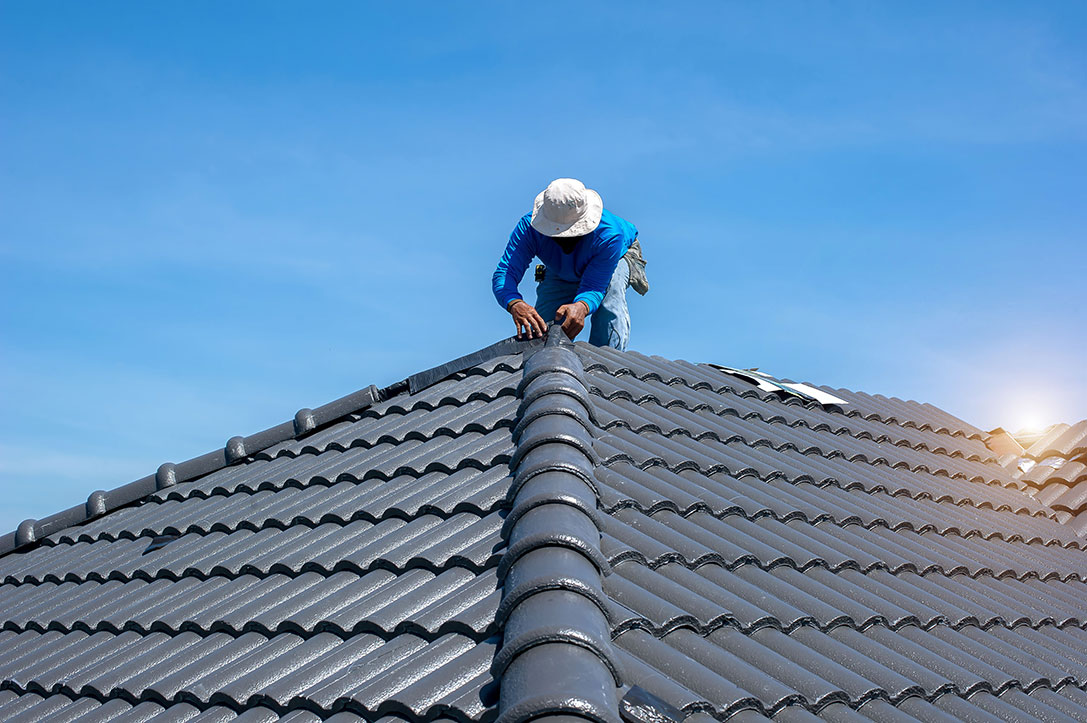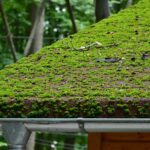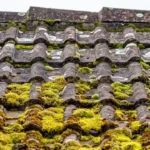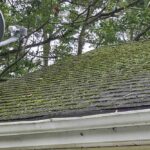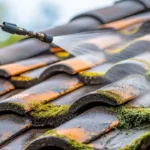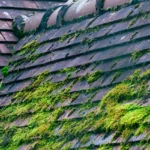When safeguarding your home from the elements, your roof plays an incredibly crucial role. As a homeowner, knowing what to look for in roof inspection can save you from unexpected damage and costly repairs in the future. Conducting thorough roof inspections is vital to maintaining the integrity of your home. A well-inspected roof ensures the safety, longevity, and value of your property.
Before embarking on a roof inspection, it’s beneficial to familiarize yourself with some key considerations. What factors should you prioritize during an inspection? Which issues might signal deeper problems? These are critical matters that every homeowner should be equipped to address.

Identifying the Need for Roof Inspections
Regular roof maintenance is essential. But how often should inspections occur? Generally, they should be conducted at least twice a year and after any major storms. This routine helps detect potential issues early, preventing them from escalating into more significant problems.
It’s advisable to read this guide on snow roof maintenance to understand seasonal challenges your roofing might face.
Signs Indicating the Need for a Roof Inspection
Be attentive to telltale signs that an inspection might be necessary. These include water stains on ceilings, missing or damaged shingles, and the presence of mold or mildew. More severe symptoms like minor roof sagging can indicate structural issues that must be addressed promptly.
Key Areas to Focus on During a Roof Inspection
Shingles and Tiles
Check for any missing, cracked, or curling shingles or tiles. Such issues can compromise the roof’s protection against weather elements. If you encounter curling, refer to this guide for fixing shingles.
Flashing
Flashing is critical in preventing water from seeping at joints and valleys in your roof. Damaged flashing needs immediate attention as it can lead to significant leaks and damage to the interior structures.
Gutters and Drainage Systems
Clear and functioning gutters are essential in directing water away from your home. Blocked or damaged gutters lead to pooling water and eventually to roof leaks. Ensure regular cleaning and maintenance of your gutters.
Roof Inspection Tools and Safety
Conducting a roof inspection safely is paramount. Proper tools, such as a sturdy ladder, are necessary for a thorough inspection. For more on safe practices, consider evaluating the best ladders for roof cleaning.
The Role of Professional Roof Inspectors
While some aspects of roof inspections can be done by homeowners, hiring professional roof inspectors might be beneficial, especially when dealing with complex issues. They bring expertise, specialized skills, and equipment to detect and assess problems the untrained eye might miss.
Preparing for Weather Challenges
Your roof faces different challenges across seasons. Knowing how to prepare and protect it during varying weather conditions can prevent premature wear and extend its life. Check out the roof maintenance tips by experts for a year-round approach to roofing care.
Common Roof Inspection Mistakes to Avoid
Roof inspections are pivotal, yet many fall into common traps that can be avoided. Skipping inspections post-storms, overlooking minor damages, or inadequately inspecting hidden areas are some missteps that must be avoided to ensure complete roof health.
Cost of Roof Repairs and Inspections
The cost associated with roof inspections and repairs can vary hugely based on the extent of damage and the type of roofing material used. Its often more economical to invest in regular inspections rather than face extensive repairs.

FAQs on Roof Inspections
How often should a roof be inspected?
At a minimum, inspect your roof twice a year and after any significant weather events.
What are the signs of roof damage?
Look for signs such as missing shingles, water stains, granule loss, or visible sagging.
When should I call a roofing professional?
Contact professionals for comprehensive inspections or if issues like extensive moisture damage, sagging, or severe shingle damage are noticed.
By understanding what to look for in roof inspection, homeowners can better protect their investments and ensure their households safety. Regular and thorough inspections are proactive steps toward a long-lasting and secure home.
This article contains affiliate links. We may earn a commission at no extra cost to you.



